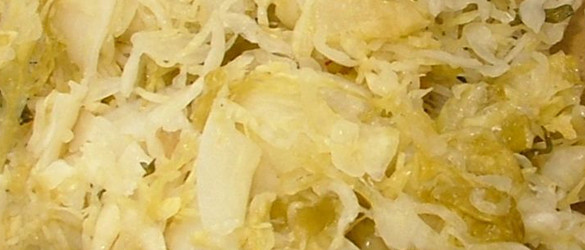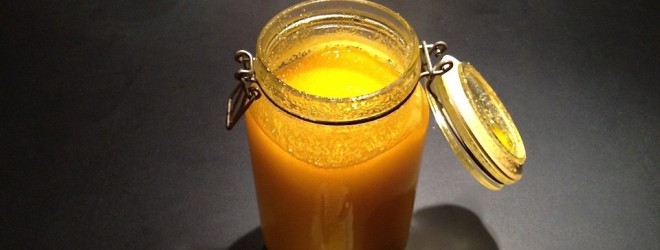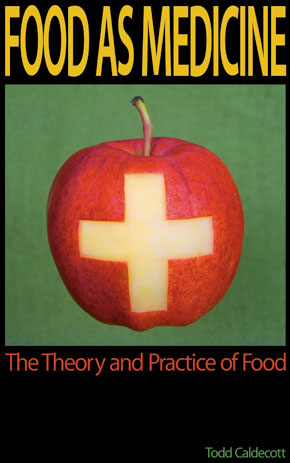The diet to balance kapha corresponds to the many of the low-fat, mostly vegetarian diets out there including that recommended by Dr. Dean Ornish, as well as those who advocate for raw food veganism. This diet is proportionally rich in antioxidant and antinflammatory nutrients, and typically low in protein and fat. In Ayurveda this diet is suitable for people that have a sluggish metabolism, that tend to gain weight easily on a rich, nourishing diet. This diet is also an excellent choice to promote detoxification, by shifting energy balance in the body towards elimination. As per Ayurveda however, this diet is very cooling, and needs to be balanced with warming herbs and spices. This diet is also contraindication in children, pregnant and nursing mothers, and in immune deficiency.
Kapha-reducing diet
A kapha-reducing diet is predominant in bitter, pungent and astringent flavors, expressing the qualities of hot, light and dry. This includes a preference for foods such as:
• Soup stock made from spicy herbs such as garlic, ginger, onion and chili (e.g. Mulligatawny Soup, p. 149)
• Limited amounts of lean meats, prepared baked or grilled, e.g. poultry, fish, bison, elk, wild game (e.g. Goat Curry, p. 169)
• Leafy greens and other vegetables, steamed or stir-fried with only a little fat (e.g. Garlic-Basil Rapini, p. 156)
• Light and drying grains such as barley, buckwheat, millet and wild rice (e.g. Northwest Wild Rice Infusion, p. 185)
• Most legumes, prepared with warming herbs and spices (e.g. Urad Mung Dhal, p. 180)
• Sour and bitter fruits such as lemon and lime
• Fermented foods, made with bitter and pungent vegetables such as onion, daikon, radish, cabbage, tomato, peppers (p. 158)
• Warming herbs and spices, e.g. ginger, cardamom, cayenne, ajwain, black pepper, mustard
• Honey, in limited amounts
How do you know if a kapha-balancing diet is right for you? One way to use the diet is to treat kapha-specific health issues, such as cough, congestion, weight gain or autotoxicity (ama), and another way is to use it to balance your constitution. What follows are the features of a kapha constitution, taken from my book Food As Medicine: The Theory and Practice of Food. Please also check out the pages on a pitta-balancing and vata-balancing diet to see if these diets are more suitable. Remember too, that you can be a combination of the doshas, and so the best might be a balanced combination of two or three different diets.
Kapha constitution
Kapha constitution is more sensitive to qualities such as heaviness, cold, and moistness, and thus measures are taken on a general basis to balance these aspects by emphasizing qualities such as light, hot, and dry. Physically, kapha types have a general tendency to weight gain, with a heavy, thick build. The shoulders are broad and the torso, legs and arms are thick and large; in women the hips are broad and breasts are full. The musculature is well-developed but usually hidden by a layer of fat, hiding any angularities of the skeleton. The feet are large and thick. Facial features are broad and full, and generally well proportioned. The skin is soft and smooth, and the hair is generally smooth, thick and greasy. The orifices (eyes, nose, ears, mouth, rectum, urethra, vagina) are moist and well-lubricated. There is a tendency to lethargy or inactivity, although once motivated the energy released can be very powerful, with great endurance and a steady pace. A kapha type might suffer from a slow and weak digestion (mandagni), as well as minor congestive conditions, such as respiratory and gastrointestinal catarrh. They may display a mild aversion to cold and prefer warmer climates, but if they are physically active they can withstand even very cold weather quite easily.



